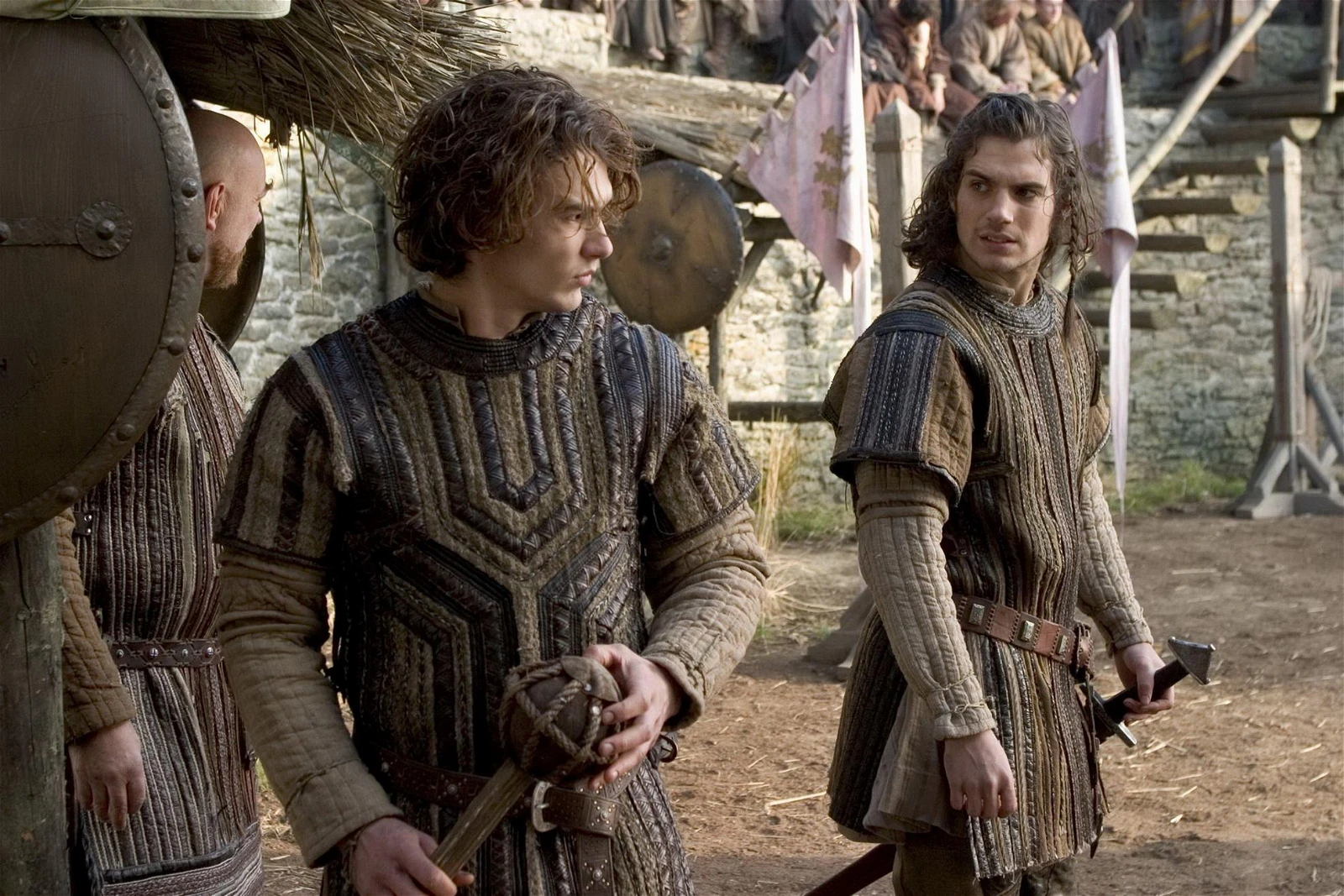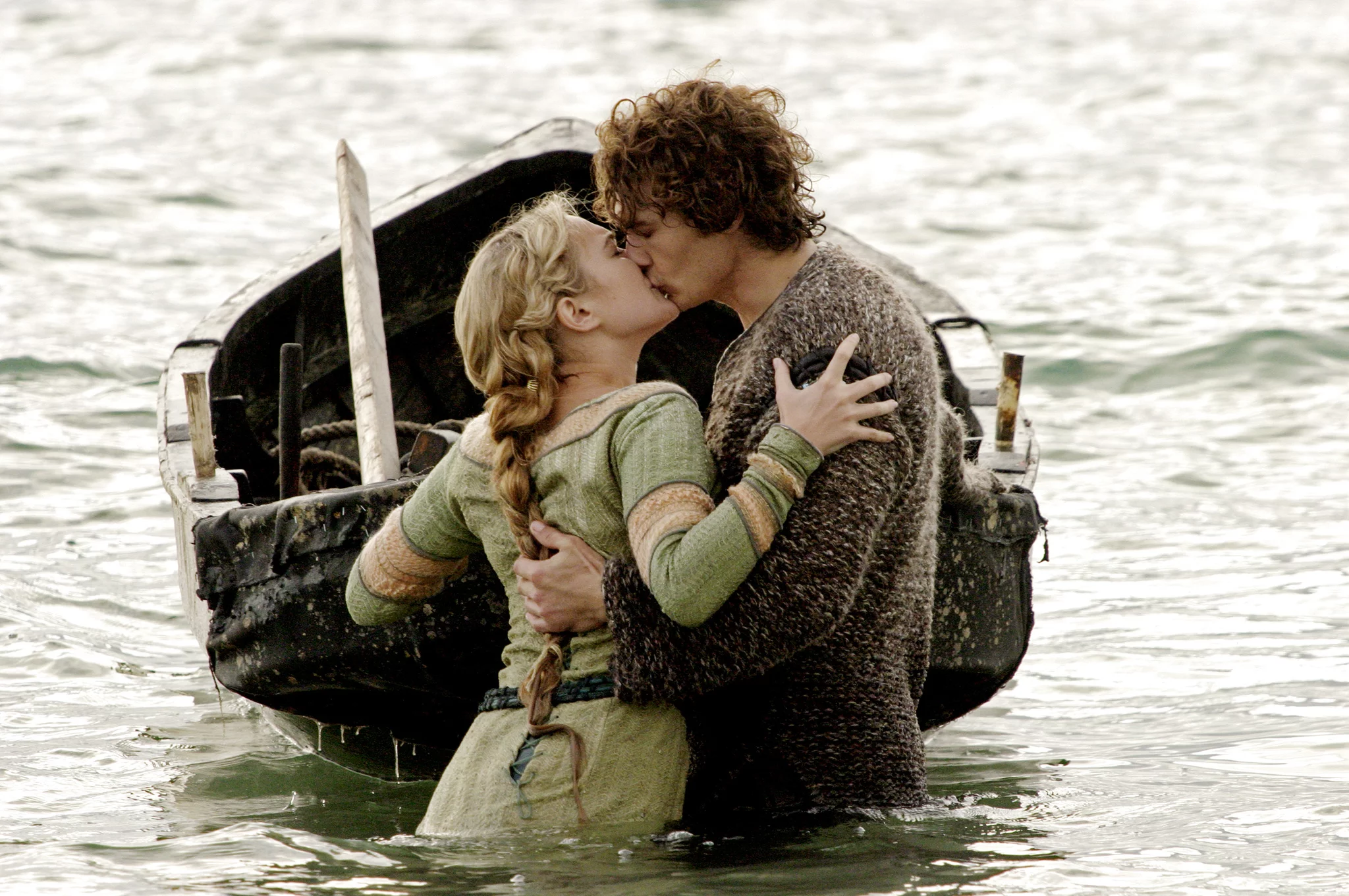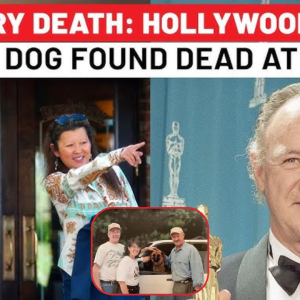James Franco found himself horribly miscast in the 2006 epic romantic drama, Tristan & Isolde. Besides Franco’s casting, the film directed by Kevin Reynolds suffered in many aspects, eventually reflected in its box office earnings, grossing just $28 million. The 127 Hours actor openly admitted that his role as Tristan was a big mistake, adding that he shouldn’t have accepted a script that he wasn’t confident about.

Interestingly, Franco shared the screen with Man of Steel actor Henry Cavill, who was cast as Melot, an envious nephew of King Mark. Some felt that Cavill might have fared better in the lead role, a sentiment validated by Cavill’s later iconic portrayal of the medieval character Geralt of Rivia in The Witcher.
Also Read: “Don’t tell me how to be funny”: James Franco’s Difficult Attitude Was Labeled a “Red Flag” Before His Extremely Uncomfortable 2011 Oscars Gig
James Franco Admitted The Tristan & Isolde Role Was A Mistake

In an article for Newsweek, James Franco reflected on what he considered his favorite mistake, emphasizing that he wasn’t sure about the script when he first read it. Calling himself an overzealous actor, Franco explained that his passion for making great films led him to this misjudgment. The Milk actor consulted with his acting teacher who convinced him that Tristan was a role a young Marlon Brando or Laurence Olivier would take on. Franco wrote in Newsweek:
“It was a big mistake. I was an overzealous young actor and wanted to make great movies. I read the script and wasn’t sure about it, but my acting teacher said it was a role that a young Brando or Olivier would do.”
The Wild Horses actor also made another mistake of committing to the film nine months in advance. He used the time to prepare for the role, studying martial arts, sword-fighting, and horse riding. Unfortunately, the script of the film was changed by the time of filming, rendering his intensive training useless.
To make matters worse, the Yosemite actor sustained an injury during filming. Franco tried not to hinder the production and continued with the shoot, despite daily physical therapy for his leg injury. Eventually, the production was shut down for Franco to attend to his injury. The Memoria actor was operated on for his injury and production resumed six months later.
Also Read: “I had a crush on Kirsten… Tobey was mad at me”: Tobey Maguire’s Reported James Franco Feud Over Kirsten Dunst Could’ve Derailed Spider-Man 2
James Franco Didn’t Get Along With Kevin Reynolds

The wooden, lifeless performance of James Franco in Tristan & Isolde received widespread criticism. While Franco is a great actor, the film just didn’t work for him, especially because he and director Kevin Reynolds didn’t see eye to eye on many creative decisions. The film was produced by Gladiator director Ridley Scott who vouched for Reynolds, stating, “Kevin Reynolds is a visual director, the script is good, and he’ll deliver the movie.”
However, Franco felt their personalities didn’t match and they had different ideas about how Tristan should be portrayed in the film. Reynolds visualized Tristan as a jovial character, while he was a tragic character for Franco. Scott, who could have found some resolution between the two, was away filming his movie, Kingdom of Heaven. Franco wrote in Newsweek:
“He [Reynolds] was like, ‘James, I need you to smile in this scene.’ And I said, ‘No. My character has no reason to be happy.’ He said, ‘James, you can’t keep playing James Dean,’ and I replied, ‘Kevin, you can’t keep making Robin Hood.’ That kind of summed up our troubles.”
While the Eat Pray Love actor wasn’t the sole issue in the film, another actor like Henry Cavill in the role might have saved the movie, given Cavill’s incredible performance as Melot in the film. The failure of Tristan & Isolde was the last nail in the coffin of Franchise Pictures, who declared bankruptcy after the film. The film is now available for rent on AppleTV+.
Also Read: James Franco’s Attitude at the 2011 Oscars “Sucked” for Co-Host Anne Hathaway Despite Claiming She Was “Manic and hyper-cheerleadery”





